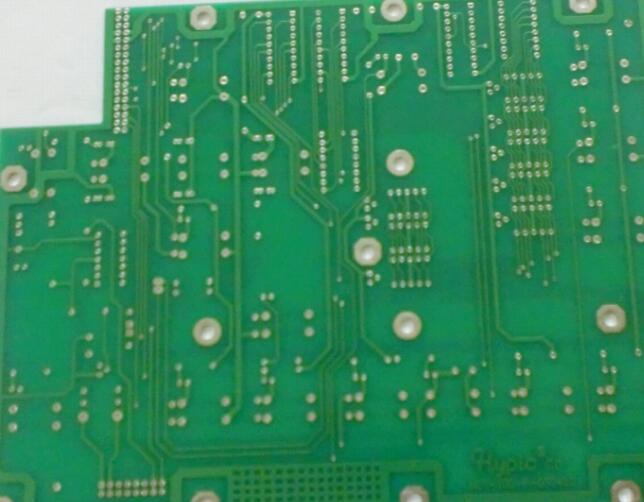Ceramic substrate enters the gas sensor market
At the Sensor Conference on November 14th last year, the MEMS sensor series shined brightly. The most dazzling one is the MEMS gas sensor. Cambridge CMOS Sensors, UK, demonstrated the world's first gas sensor that is sufficient for any smart phone. The sensor has a volume of 1 square millimeter and is cheap enough to be popular in the market. This also makes Apple's new MEMS sensors used in smartphones suffer for the first time.
The reason for this is inseparable from the ceramic substrate. Everyone knows that MEMS means micro-electromechanical system. Compared with traditional sensors, it has small size, light weight, low cost, low power consumption and high reliability., Suitable for mass production, easy to integrate and realize the characteristics of intelligence. At the same time, the feature size on the order of micrometers allows it to perform functions that cannot be achieved by some traditional mechanical sensors.

Micron-level integration means higher accuracy, so the requirements for stability will be higher. The most important thing for integration is to solve the problem of heat dissipation. If the heat dissipation is not good, the entire sensor chip will quickly accumulate high temperature, resulting in damage to the sensor. The thermal conductivity of the aluminum nitride ceramic substrate is 270-320W/(m·K). Hundreds of times the thermal conductivity of ordinary substrates can ensure rapid heat transfer and give the sensor an optimal working state.
As mentioned above, it is not only heat dissipation, but also accuracy and stability issues. In response to these issues, Stoneon Ceramics’ circuit boards have specifically introduced ceramic substrates for gas sensors, which can deal with problems professionally, and the accuracy is also acceptable. Reaching the micron level, it can perfectly match the MEMS sensor, and its thermal expansion coefficient has been infinitely close to the sensor chip after a series of processing, and it can ensure that it will run at high temperatures without any impact.
The application of gas sensors is mainly at the industrial level. With the promotion of MEMS, civil gas sensors have begun to develop rapidly, but they are still not to be underestimated in the industry. In industrial manufacturing, gas sensors often face a variety of different harsh environments, such as: high temperature, corrosion, low temperature, etc. The impact of a series of external environments will have a great impact on the sensor. The application of ceramic substrates can perfectly solve this problem. Because the ceramic substrate is an inorganic material, it has a very high resistance lower than acid and alkali corrosion, and can resist the corrosion of strong acid and alkali gases. It is not a problem for high temperature and low temperature. The highest temperature can be guaranteed to run at 1300 degree Celsius. The working environment of the sensor No matter how bad it is, I believe it will not be so high.
Industrial sensor applications have gradually begun to be converted to civilian use. Civilian sensors will be a very large market, which involves a series of new era products such as smart homes, smart cities, and autonomous driving. PCB Ceramic substrates will also become the new era. darling.